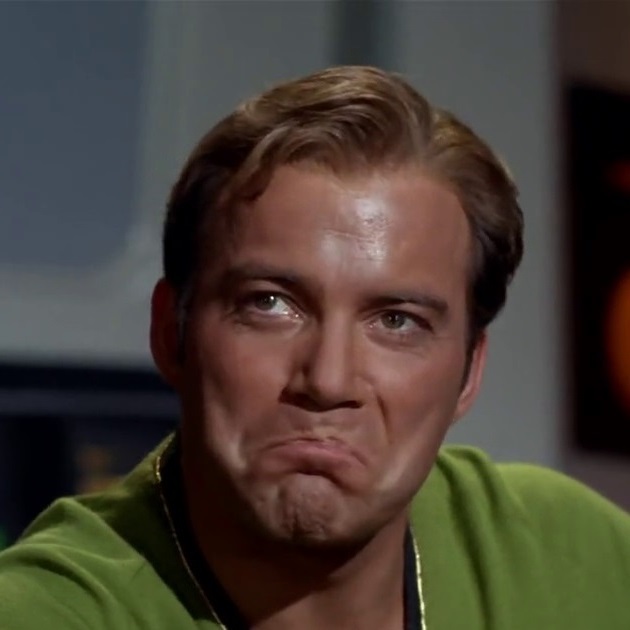In mid-November of last year, David Smith, a retired print technician and an aficionado of jigsaw puzzles, fractals and road maps, was doing one of his favorite things: playing with shapes. Using a software package called the PolyForm Puzzle Solver, he had constructed a humble-looking hat-shaped tile. Now he was experimenting to see how much of the screen he could fill with copies of that tile, without overlaps or gaps.
Usually when he created tiles, they would either settle into some repeating pattern or fail to tile much of the screen. But the hat tile seemed to do neither. Smith cut out 30 copies of the hat on cardstock and assembled them on a table. Then he cut out 30 more and kept going. “I noticed that it was producing a tessellation that I had not seen before,” he said. “It’s a tricky little tile.” He sent a description of his tile to Craig Kaplan, an acquaintance and computer scientist at the University of Waterloo in Canada, who immediately started investigating its properties.
The surprisingly simple tile is the first single, connected tile that can fill the entire plane in a pattern that never repeats — and can’t be made to fill it in a repeating way.
[...]
Mathematicians have been trying to find a single tile that fills the two-dimensional plane aperiodically, without gaps or overlaps. Ludwig Danzer, a German geometer, playfully dubbed such a tile an “einstein” — a pun on the German phrase “ein stein,” which means “one piece.”
A tweet...
Waiting for its application in game textures, to hide repetition.
Edit
It's like Penrose tiling. See Wheaties' comment.



The most interesting thing about this is that it requires only a single tile. That's what makes it novel and surprising, no one managed to make that happen before :)